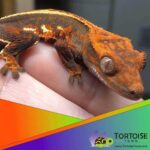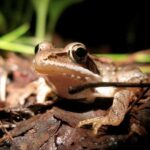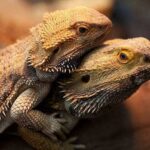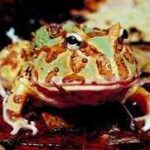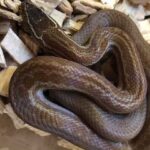Baby Crested Gecko Care Guide: Everything You Need to Know
Creating the perfect environment for your baby crested gecko is crucial for their health and well-being. A terrarium with proper temperature and humidity levels is essential. The temperature should be kept between 72°F and 78°F (22°C and 26°C) during the day and can drop slightly at night. Humidity levels should be maintained at around 50% to 70% to mimic their natural habitat. Caring for a baby crested gecko involves providing them with the right diet … Read More

